Increasing water intake is frequently cited as the most straightforward yet remarkably successful strategy to support optimal bodily function. Hydration has evolved over the last ten years from a simple health tip to a conscious wellness approach, and public figures now carry refillable bottles as a sign of their discipline. Maintaining a consistent fluid intake allows waste to be effectively expelled from the body through sweat, urination, and even breathing, leaving tissues noticeably renewed and metabolic processes operating at peak efficiency.
Although it’s usually overlooked, getting better sleep is another essential component of a successful detox. The brain’s glymphatic system removes metabolic waste while you are deeply asleep; it functions similarly to your neurons’ nightly housekeeping service. Your body’s capacity to self-clean is naturally enhanced when you establish regular bedtimes and limit screen time. Elite athletes frequently attribute their success to both training and disciplined rest, demonstrating that this practice is not only restorative but also especially advantageous for long-term resilience.
5 Effective Ways of Effective Body Detox – Key Points
| Method | Core Benefit | Notable Effect |
|---|---|---|
| Drink more water | Hydration and waste removal | Flushes toxins through urination, sweating, and breathing |
| Improve sleep quality | Restorative detox through brain and body | Supports cellular repair and clears metabolic waste |
| Clean up your diet | Reduces toxin load from processed foods | Enhances liver and kidney efficiency |
| Exercise regularly | Increases circulation and sweating | Boosts detox via lymphatic and metabolic stimulation |
| Eat antioxidant-rich foods | Protects against oxidative stress | Reduces cell damage and strengthens immunity |
By purging the diet, a large amount of the toxin burden is eliminated before it even reaches the body. Whole, nutrient-rich foods can take the place of processed snacks and sugary drinks, allowing the liver and kidneys to function without needless stress. Colorful, plant-based meals are now recommended by wellness chefs and dieticians for their nutritional value as well as their capacity to support the body’s detoxification processes. This strategy has gained popularity recently in a variety of fields, from corporate executives handling demanding careers to fashion models getting ready for runway performances.
Frequent exercise promotes detoxification on a physical and biochemical level. By moving strategically, waste products are flushed out more quickly, oxygen reaches cells more effectively, and blood flow is improved. Sweating is a very effective way for the skin to release some toxins, even though it’s frequently thought of as a result of exertion. Strength, cardio, and mobility exercises are frequently used by actors training for physically demanding roles, demonstrating that exercise is about more than just appearances; it’s about profoundly supporting body systems.
Consuming foods high in antioxidants creates a natural defense against oxidative stress, which over time can cause tissue damage without being noticed. Strong substances that counteract dangerous free radicals can be found in berries, green tea, and spices like turmeric. In addition to boosting immunity, incorporating these foods into your daily routine lowers your risk of developing chronic illnesses associated with oxidative damage. Public personalities who care about their health, like Venus Williams and Tom Brady, have based their meal plans on these ideas, encouraging a move toward proactive nutritional defense.
The accessibility of the contemporary detoxification method has significantly improved. Effective detoxification, which was previously limited to costly spa retreats, is now possible with regular, surprisingly inexpensive habits incorporated into everyday life. For many people, long-term routines that leave the body and mind lighter, clearer, and more resilient are more important than temporary solutions.
Industry trends in recent years have also tended to combine scientific validation with age-old customs. Due to its ability to provide digestive systems with restorative breaks, intermittent fasting has gained popularity and has its roots in both medical research and cultural customs. Previously specialized practices like infrared sauna sessions, herbal teas, and mindful breathing exercises are now incorporated into regular wellness routines, demonstrating that detoxification can involve both slowing down and accelerating metabolic clearance.
The mental element is equally crucial. Stress can indirectly affect liver function and other detoxification processes by raising cortisol levels. Gentle yoga poses, mindfulness exercises, and even planned tech breaks have become stand-alone detoxification tools. The physical removal of toxins is complemented by the emotional clarity that comes from clearing mental “clutter,” which makes the entire process especially creative and comprehensive.
These techniques have been magnified by social influence. Images of post-yoga glows, morning green juices, and simple meals have contributed to the development of a visual vocabulary associated with detox culture. Though some may criticize the aesthetics, the impact is evident: millions of people are becoming more conscious of the decisions they make on a daily basis, frequently implementing minor yet significant adjustments motivated by the behaviors of people they look up to.
In the end, the five main strategies—drinking plenty of water, getting enough sleep, making dietary changes, exercising frequently, and consuming antioxidants—are not stand-alone recommendations but rather interconnected routines. When combined, they produce a health ecosystem that is incredibly dependable in preserving vitality and balance. The most progressive wellness advocates now see detoxification as a continuous, flexible lifestyle that can be maintained with purpose, consistency, and a clear understanding of how the body functions, rather than as an occasional intervention.
